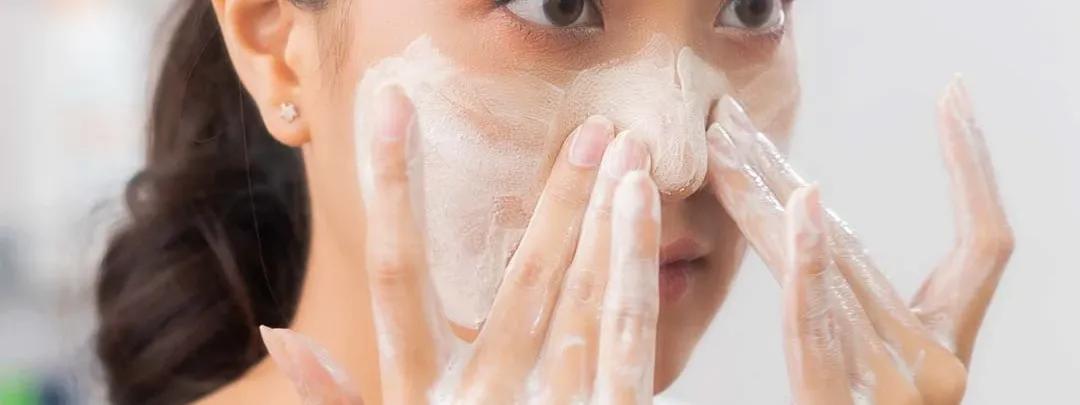needs.
At-Home Chemical Peels
At-home chemical peel treatments offer higher concentrations than daily-use creams. These are typically used weekly or bi-weekly for more intensive exfoliation. Always patch-test first and follow instructions precisely—these products are more potent and require respect. Never use them if your skin is already irritated or compromised.
Professional AHA Treatments
Dermatologist-administered peels can address more serious skin concerns with higher acid concentrations. These treatments require downtime but offer more dramatic results for issues like deep acne scars or severe sun damage. Consider professional treatments if over-the-counter options haven't achieved your desired results after consistent use.
Frequently Asked Questions
Can I use AHA cream during pregnancy?
Most topical AHA creams are considered safe during pregnancy, but it's always best to consult your healthcare provider first. Some pregnant women experience increased skin sensitivity, so you might need to use lower concentrations or reduce frequency.
How long does it take to see results from AHA cream?
You might notice smoother skin texture within 1-2 weeks, but significant improvements in brightness and tone typically take 4-6 weeks of consistent use. Patience is key—good skincare is a marathon, not a sprint.
Can I use AHA cream with retinol?
It's generally not recommended to use AHA and retinol together, as this combination can cause excessive irritation. If you want to use both, alternate nights or use one in the morning and one at night (though AHA should always be evening-only).
Is AHA cream suitable for all skin tones?
Yes, AHA cream can benefit all skin tones when used properly. However, people with darker skin tones should be extra cautious about post-inflammatory hyperpigmentation and always use proper sun protection to prevent darkening of treated areas.
Final Thoughts
AHA cream can genuinely transform your skin when you use it thoughtfully and consistently. The key is starting slowly, being patient with the process, and never skipping your SPF. Remember, great skin doesn't happen overnight—it's about finding what works for your unique needs and sticking with it. Whether you're targeting acne, signs of ageing, or just want that enviable glow, AHA cream might just become your skin's new best friend.

 50 gm
50 gm